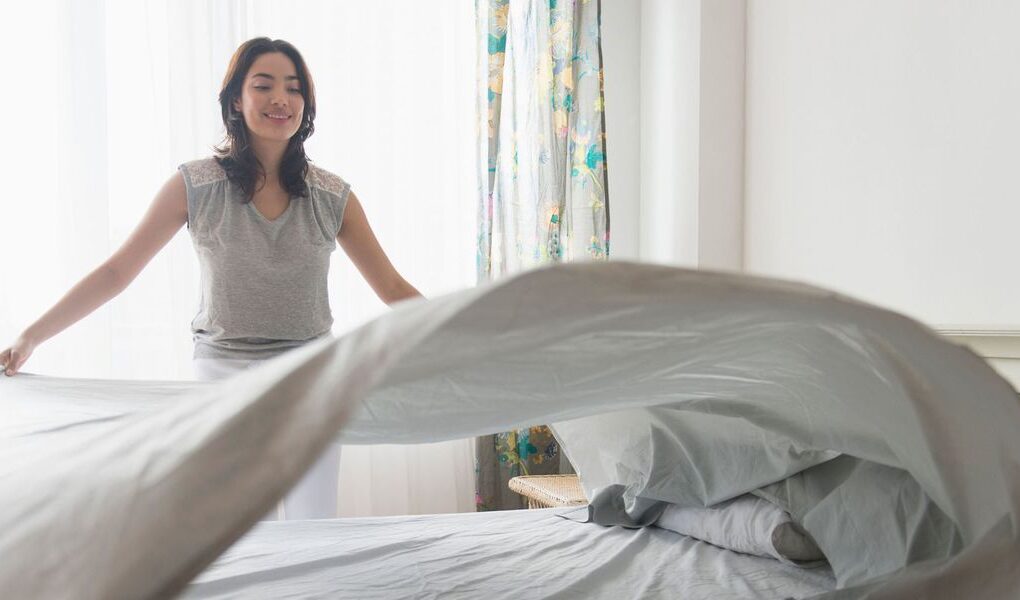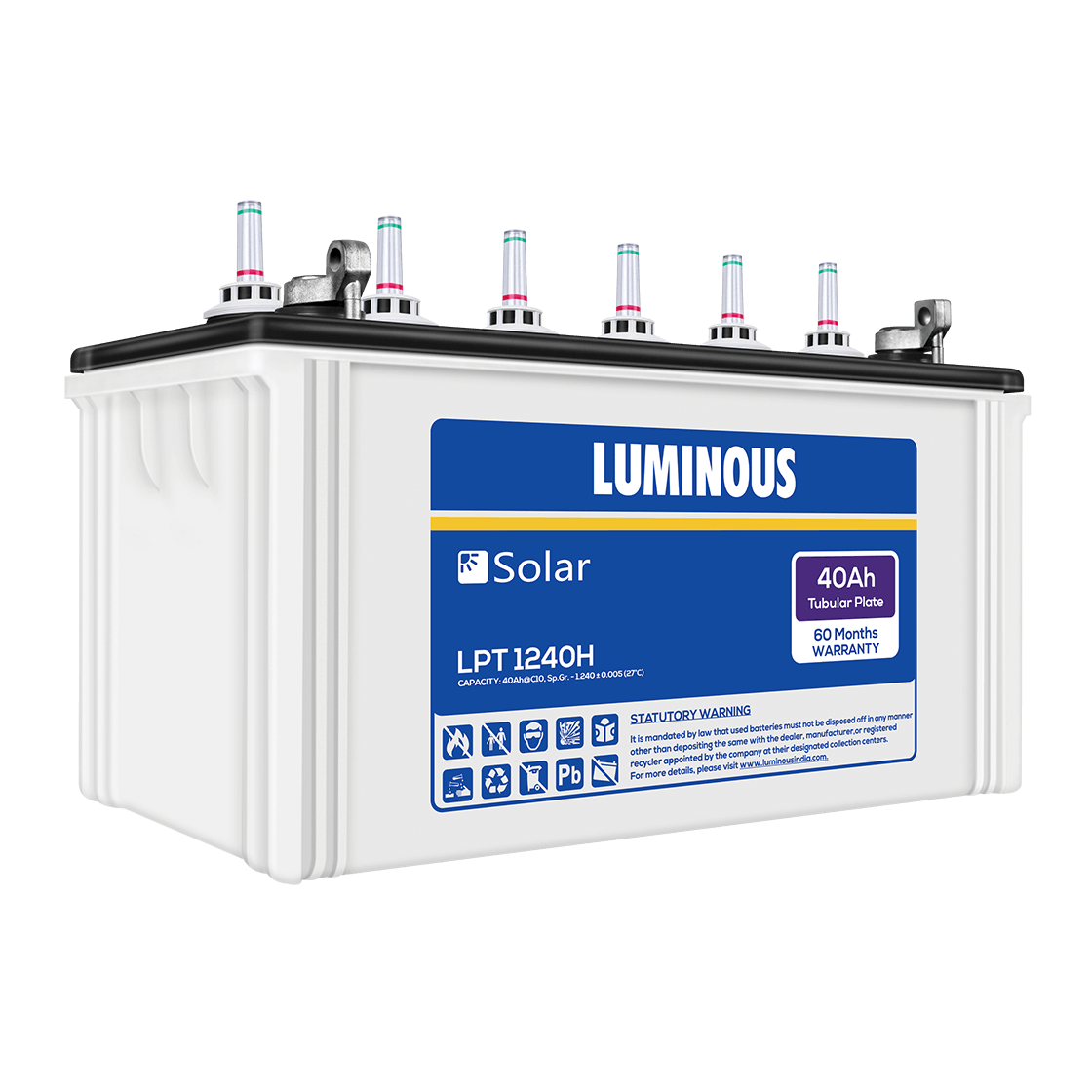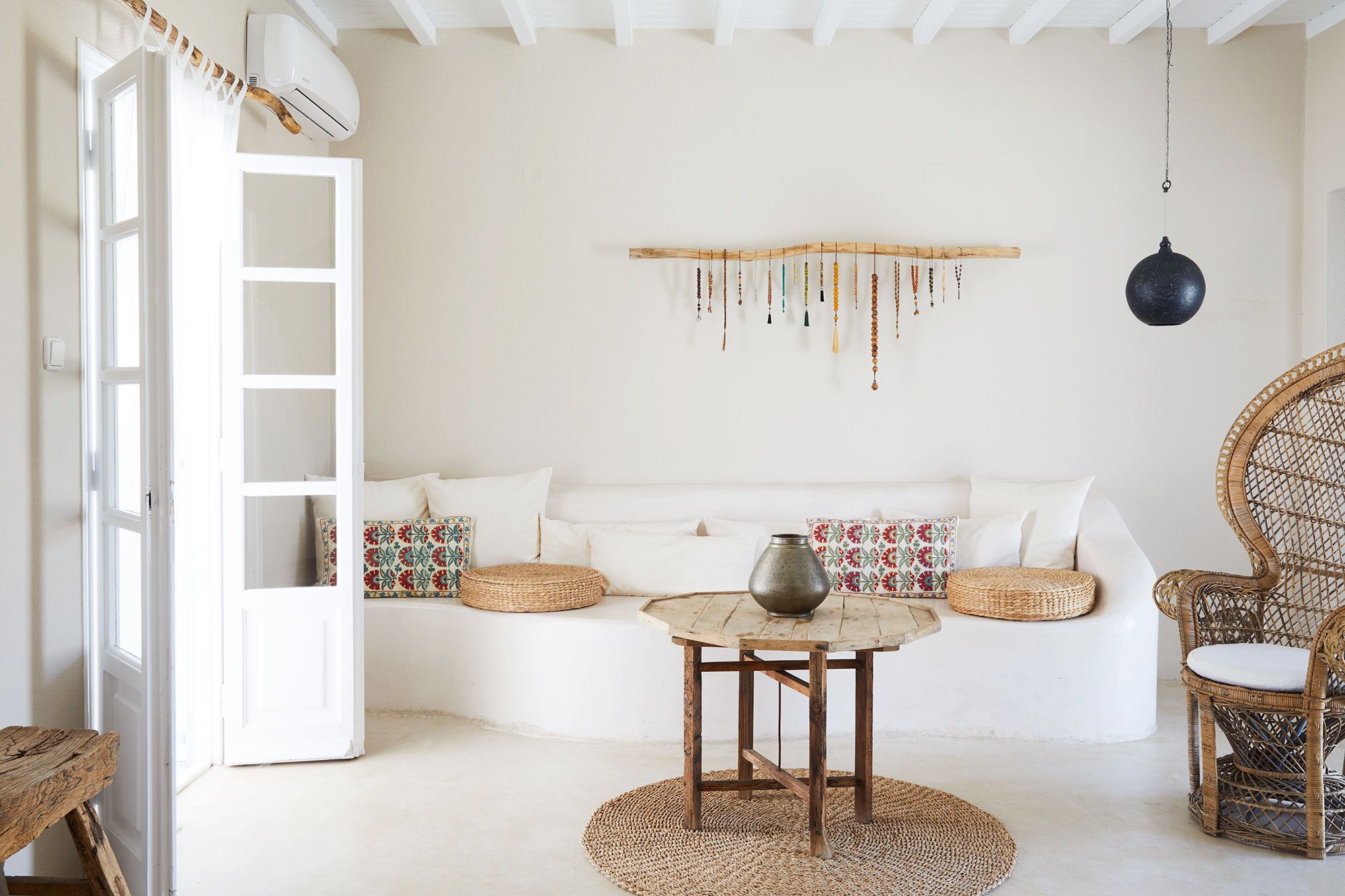Home is a luxury space and a comfortable location. The sheet sets used for bed sheets are to be qualitative and cosy. A bed sheet is a rectangle piece of material that is used for the bedspread, either alone or in pairs and is put directly up or down the bed occupants. In several nations wherein these have been utilised, the upper layer is a thin covering that lies directly beneath the mattress users. A base cover is placed upon the top of the mattresses, and the users sleep upon it. A base sheet is a flattened or fitted sheet that has been stitched to create a wide pouch around the upper end, sides, as well as base edges of a bed, using elasticised or a drawstring inside the hemming to keep it from falling off the bottom of the bed. Well over the surface are quilts, comforters, duvet covers, blankets, and certain similar mattress coverings.
Comfortable sheet sets render a convenient and cosy sleep and luxury. Bedsheets have been historically whites and composed of cotton, linen, or silk, although today come in a variety of colours and designs.
How to Choose the Best Sheet Sets:
Understanding some fundamentals concerning the textiles they’re constructed of would help to
determine brands intelligently as well as contribute to making an informed decision.
- Thread Count: A count of horizontally and vertically aligned threads per square inch is referred to as thread count. The greater the thread count, the finer the fabric sheets and more probable this will stay well or even smoothen with time. Quality sheets have numerals ranging from 200 to 800, with numerals exceeding 1,000 upon occasions. Astronomical thread counts often do not imply much higher standard sheets; there are indeed techniques to inflate the thread count which do not enhance the touch of material and might diminish out of its condition.
- Microfiber and Cotton: Sheets made with microfiber fabric, which is formed of absolutely magnificent polyester strands, are inexpensive as well as comfortable, and also withstand pilling better than conventional polyester fabric. Polyester, on the other hand, is much less flexible than cotton and seems to be certainly not the ideal option for people with sensitive skin. Cotton jersey bedding is often cheaply priced yet extremely permeable due to its knitting instead of weaving construction. Because microfiber and jersey lack the cold sharpness of weaved cotton, if users want to turn the cushions to a cold side every sleep, they may opt for a cheap cotton percale alternative.
- Weaving types: Typically, the weaving of the cloth, as well as production methods employed, will not play a significant role in any selection; in fact, these may not even be mentioned upon the box. However, there are some words users need to be aware of:
Sateen is a cotton fabric with a sheen weaving which provides a highly smooth, glossy texture and is less resilient than that of a stiffer weave.
Percale is indeed a sharp and long-lasting woven fabric material with a thread count of at minimum 180 that is commonly used during bedding.
Combed cotton has also been combed to eliminate small fibres while leaving long strands, resulting in a robust, smooth texture.
- Cotton types: Cotton with extra-long fibres known as long-staple fibres, which can be woven to create delicate, robust threads, is used in the highest-quality, smoothest sheets. This isn’t to say that other varieties of cotton do not obtain decent bedding. A well-finished material with a great thread count may be manufactured of non-certified cotton while remaining quite pleasant.




